The days I’ve been in this week have actually merged into one huge chunk of time. But I can now report on the further developments in making my plinth.
If I could I would actually exhibit my plinth as a piece in its own right. It’s actually turned into something quite unique and nice to look at. I’m already contemplating its locality post show.
So let’s see, in my last post concerning this I had finished off all the pieces of the panels. I had started painting them too as I wanted to save time later and just assemble it when I next came in to the workshop.
We had also left a laser cutting of pattern into 3mm MDF (I still had spares from before) after I had left the previous day as we realised the lack of border on the other one I was going to use would make it harder to attach. I made sure the 10-point stars were in the middle of the cutting and Karel (3DResource manager) used his AutoCAD skills to size it exactly to what we needed in order to fit it into the previously routed front panel. This looked great and fit almost perfectly. There were only a few gaps which could easily be polyfilled later down the production timeline.
So the next day I took some extra MDF in to make the top and also the spindles I bought to cut up and stick under the top layer to raise it a bit higher and to leave a further gap for ventilation.
I told Karel my idea for construction, he slightly adjusted it and we went back to what I was originally thinking of: instead of just screwing the panels together edge to edge I would use the spindles as the main frame for the whole structure and attach the panels to this.
We, then, however, needed to cut some more wood as I had only taken in a couple of my spindles when I actually needed 4. This wasn’t hard and I started screwing the prepared panels to these. I ensured my measurements were accurate and double checked them many times along the way to make sure one wasn’t shorter than the rest and to make sure it didn’t wobble at the end.
My arms aren’t the strongest and as I was drilling into 18mm MDF and then through to the chunky wood frame I slightly struggled to hold the drill down. But I thought it was a job well done and made sure the screws were sunk into the MDF rather than sticking out.
However, there was an abrupt change of plan when we realised we had not made it correct in order to leave the walls on the outer parts of the whole plinth, and allow for the door to be attached using hinges. This was partly also due to needing to place a shelf in for the projector and keeping the width to a suitable amount to fit it so the lens would come to the middle. So the consequence was me having to undo half a day’s worth of work.

The panels fit together nicely on top of the legs/frame which were inset by the thickness of the side panels (18mm).
However, Karel very kindly decided to dedicate himself to helping me get the majority of the construction done that day. I drilled and screwed what I could. glued and nailed what I could and handed over tools and parts when I couldn’t do the more difficult and muscle needing tasks such as bending some chunky metal to make me a hook for hanging a padlock on.
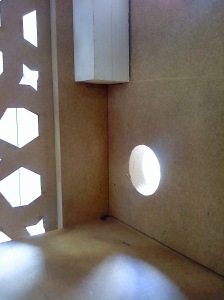
Part of frame cut on one side to make room for projector, and side hole aligned with position of projector vent
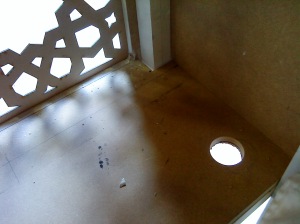
Second shelf cut with square in corner to fit with frame and hole at back corner for cables to pass through
The day was full of huge ups and downs. But the end result of my plinth was worth it and I am super grateful that we have a place like the 3D Resource center to work in/from.
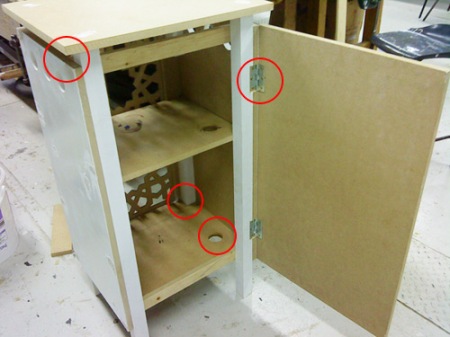
Top added, hinges added, holes for cables and two extra support beams aligned with the top and bottom of the door
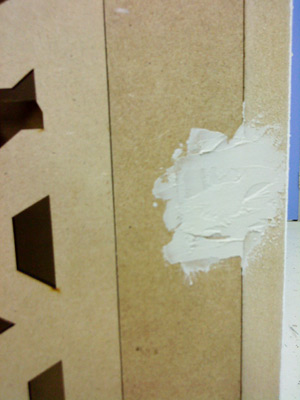
Filling holes and gaps with Polyfil. It's better to have it bumpy than sunken so that when it is sanded down it can be flattened to the same line of the surface
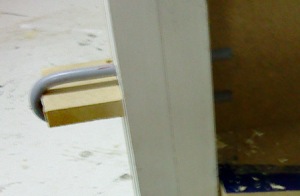
Using a metal pole bent backwards and then bending again from the back to allow for attaching a padlock
To add the finishing touches I polyfilled all the gaps and then the next day, after they had been sanded down I prepared the hole on the top for the camera to come through. I almost forgot about this and it should have been done before the top had been attached. But Karel was in super sonic mode at the time of cutting it down and drilling it on that I dared not protest. Anyway, I drilled a big hole in the middle where I’d marked out the shape of the camera. I was going to arrange it so that the main bulk of it – i.e the lens and infra-red LEDs would be raised above the flat level of the top of the plinth. This would hopefully allow for the lighting recognition to still work in the dark and not be limited by the cut off of the area around the camera formed by the hole itself.
I then jig-sawed the rest of the rectangular shape out of the top piece and then filed it away for a while. I then slanted the angle of the file so that the camera could slot in easily from the bottom but stay within a snug fit at the top of the hole. I made this a slower process so that I could continuously test the fit and file away where necessary until it was right. I think I did a pretty decent job at getting it to fit right. This meant I wouldn’t need to use duct tape to secure the camera in place either.
Next I started the main painting of the whole plinth. I used a gloss based paint – the one coat one I bought from B&Q. It gave a nice smooth finish once dried but I could tell it was better to do the 2 coats anyway.
The edges of the MDF were really hard to paint as the paint kept seeping through rather than staying on th e surface of the edges. If I have time I am going to try to sand and paint a few layers on the edges. If I can’t do this before assessment then I’ll definitely do so for the exhibition.
And this is it – the finished plinth!
I really like it and so does everyone who has seen it so far. I think one person even thought I was doing another pathway of the course (like designer-maker) when they saw me working on it in the workshop. But I said to him that was the cool thing about the course, you start it off with your one practice in mind but you get to the end and you have the opportunity to include many other practices, skills and techniques for the final stages.
I’m very proud of my plinth, it’s why I said earlier – it’s no ordinary plinth. And as a result I feel very grateful towards the 3DResource team in helping me get it to look the way I wanted and even better than what i wanted. It was worth all the downs encountered.
🙂
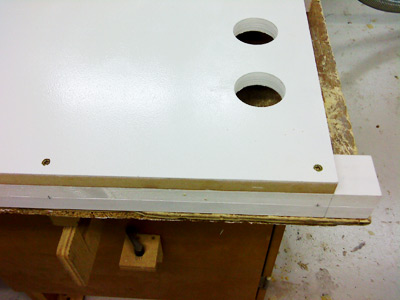
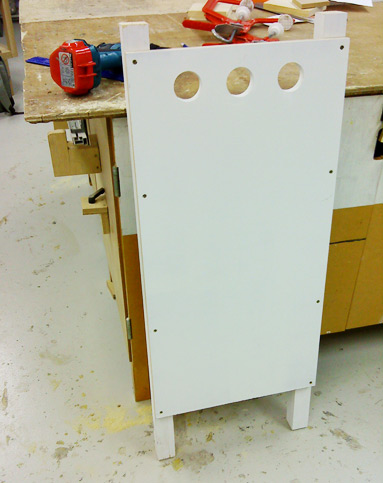
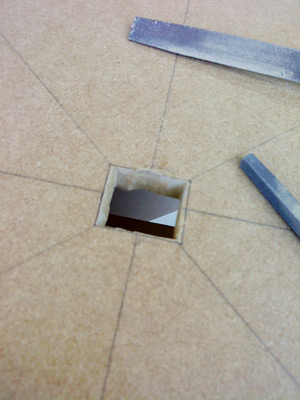
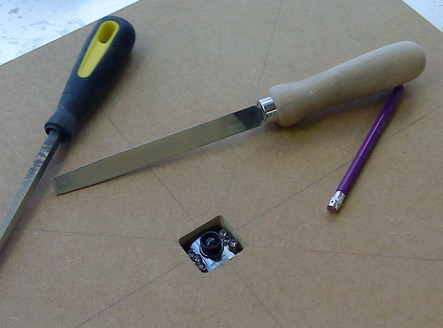

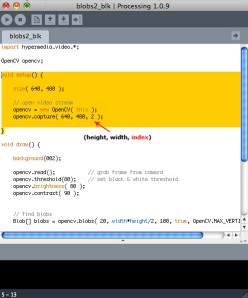



Recent Comments